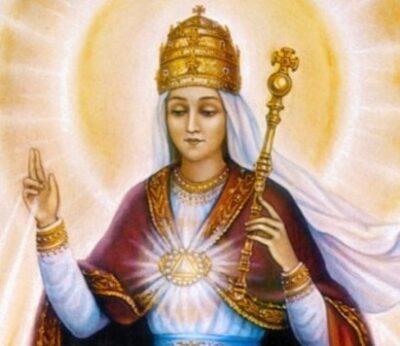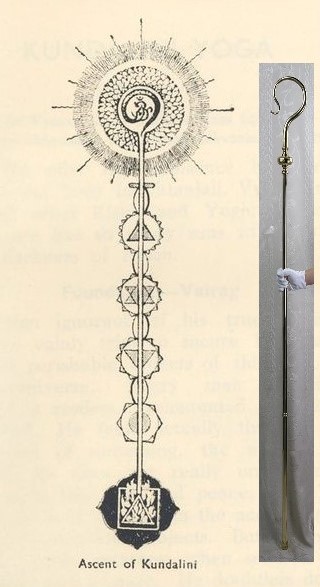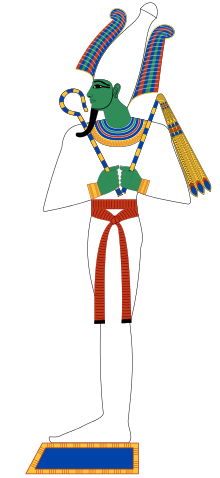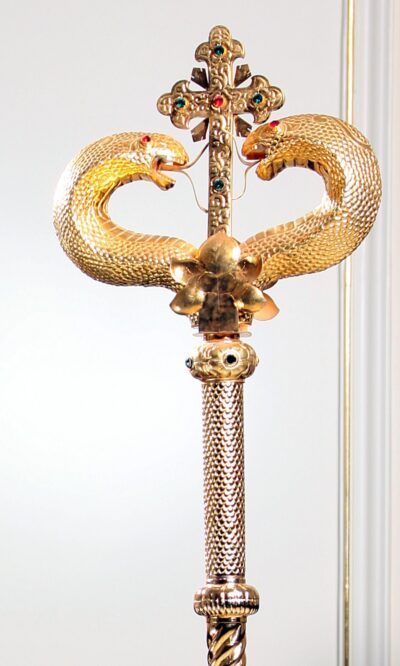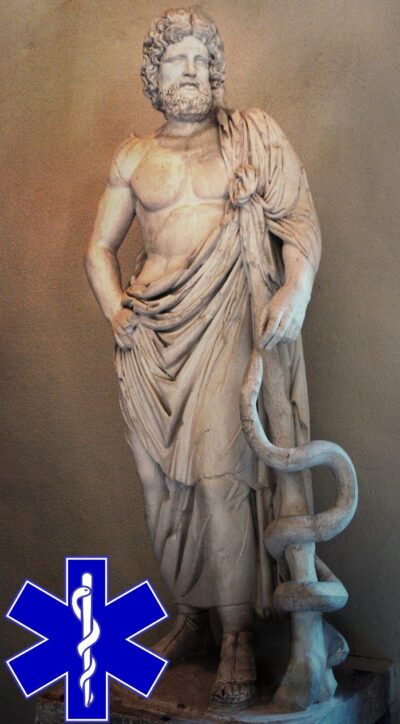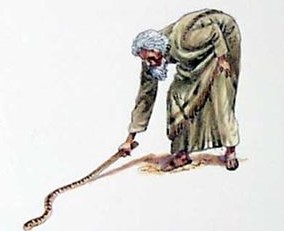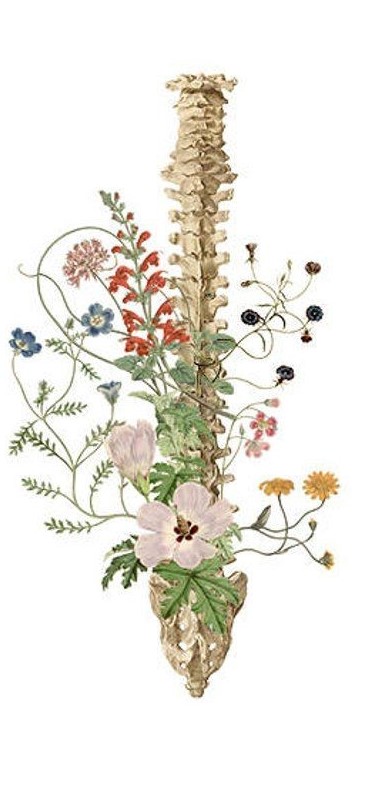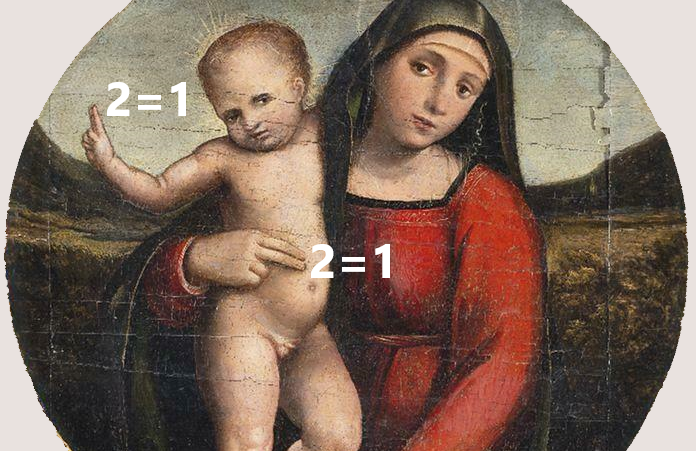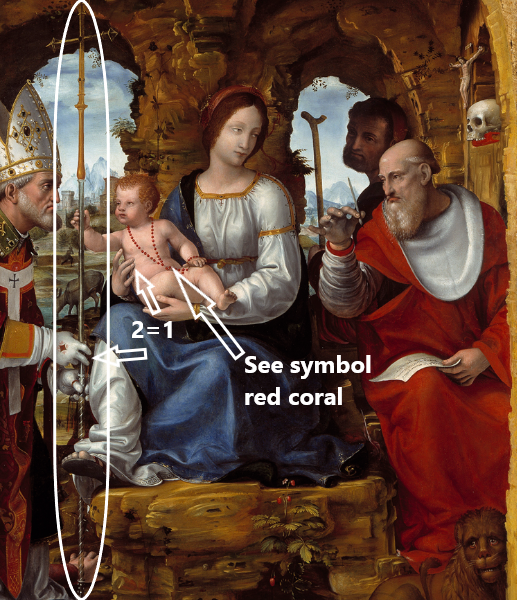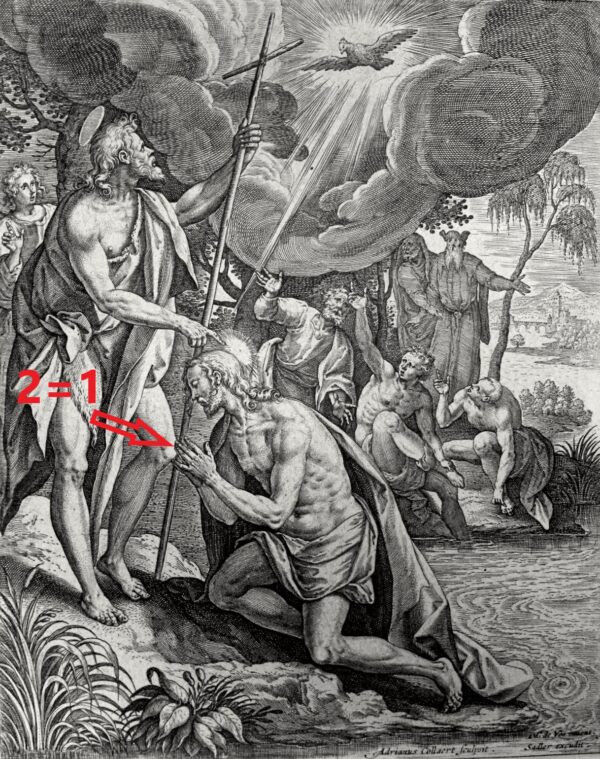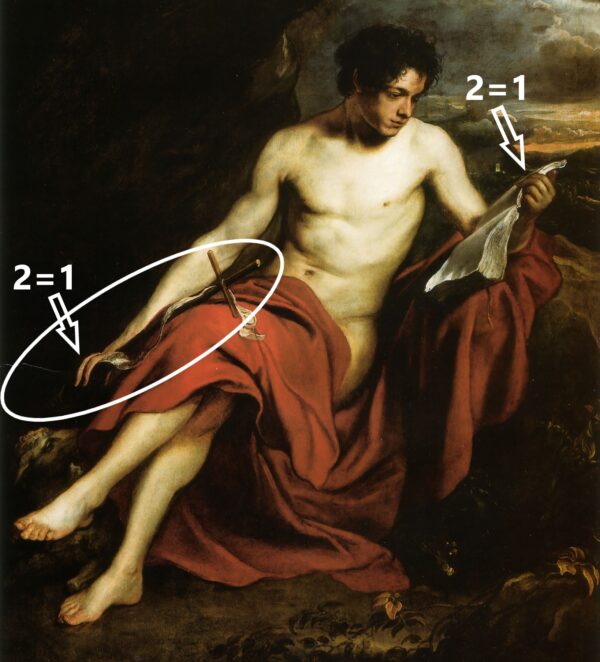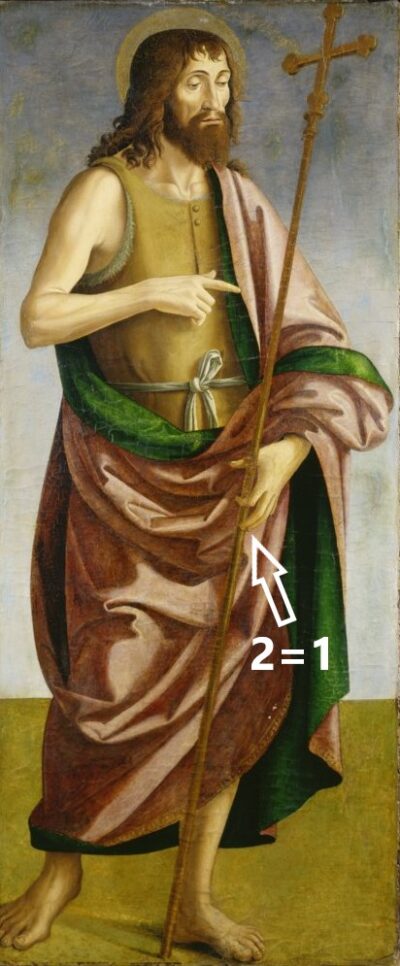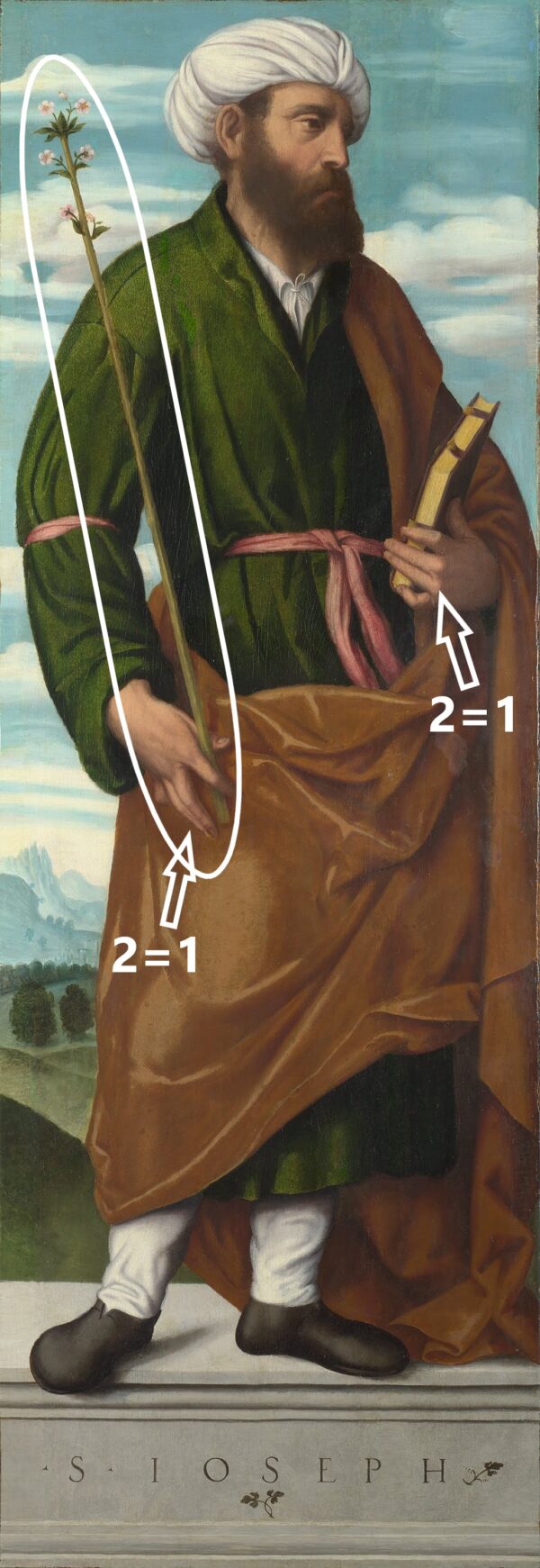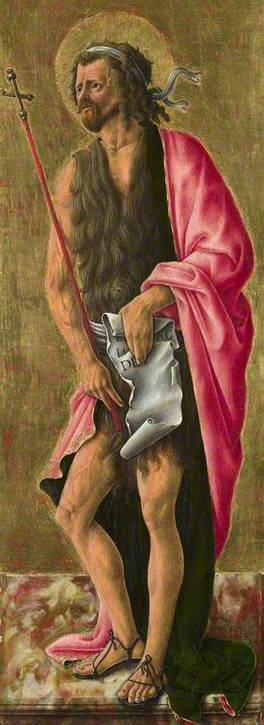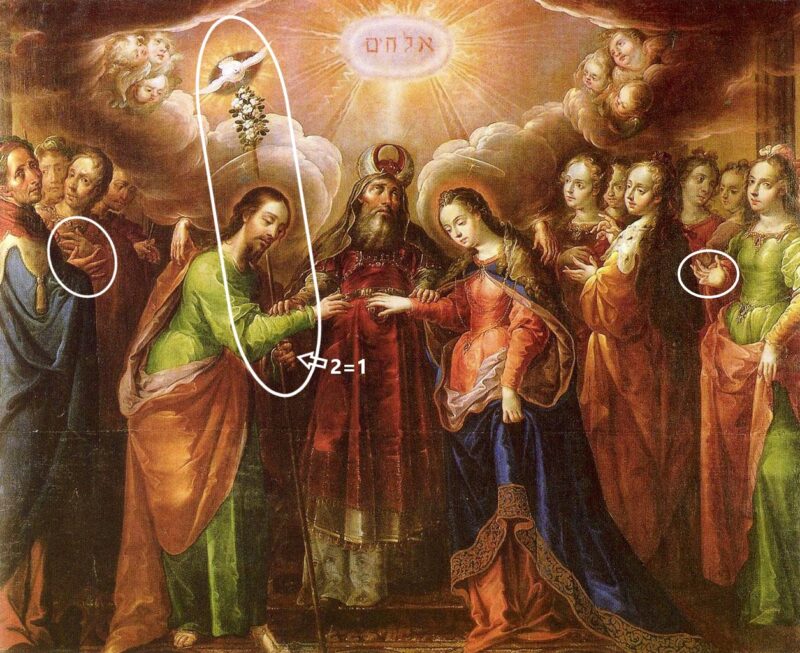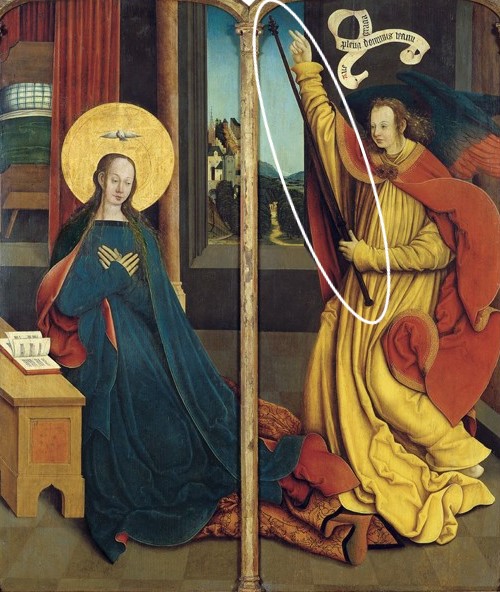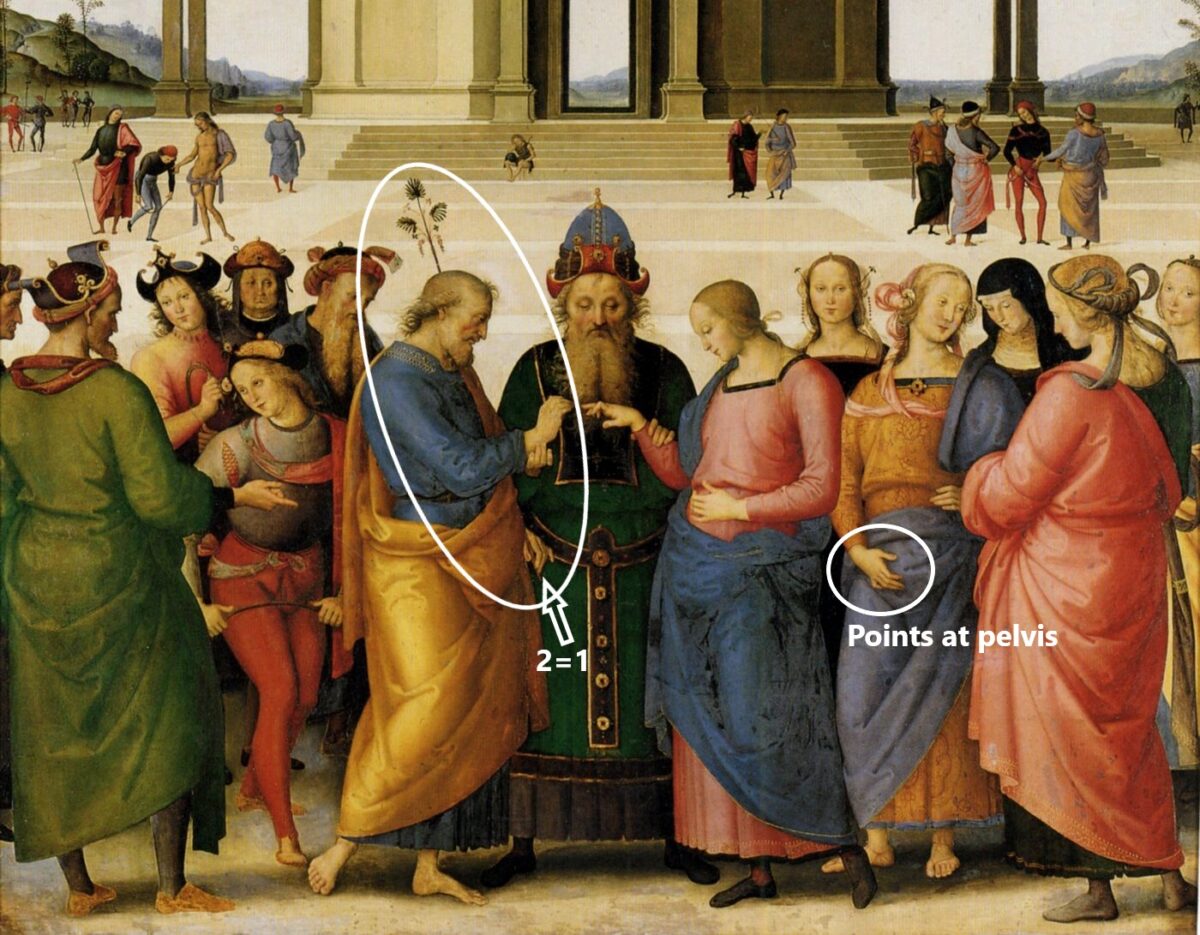The SCEPTER OR STAFF is an outer symbol that refers to special powers and forces associated with a kundalini awakening. It is worn by gods, saints, popes and other persons with a (semi) divine status, such as (in ancient times) kings and pharaohs.
Not many people will realize this today, but this SCEPTER OR STAFF represents the spine in which the Divine has awakened. Basically what it is supposed to tell us is that the authority of the person who wears it is given by God and not by men. God rules through this person on earth.
Often, the top of such a STAFF is decorated with a kundalini symbol such as a bird, a serpent’s head, a pinecone or some other item that refers to the pineal gland. In the world of the gods, the STAFF sometimes also possesses specific powers, for example the ability to heal, destroy or change something (all kundalini properties). The classic image of a sorcerer with a magic wand probably originated from these myths of the gods.
Examples from the Greek pantheon
Examples from Judaism
Examples from Christian art
CLICK ON THE IMAGES FOR AN ENLARGEMENT
Throughout the ages there have always been initiates, artists and mystics who knew that Jesus was not born as ‘the Son of God’, but had experienced a kundalini awakening, after which he was one with his Divine Father. The Gospel writers have hidden this spiritual truth in their texts in inventive ways, including the use of symbolism and wordplay (see my books). Because of the rigid attitude of the church, the truth could not be spoken aloud, but underground, through esoteric groups such as the Freemasons, it found its way onto the canvas.
In many of the paintings below, a STAFF is combined with ‘the sign of the sacred marriage’: two fingers together (2=1).
The message of this is: the kundalini has awakened, and flows through the spinal column, the two polar energy channels have merged into one.
THE SIGN OF THE SACRED MARRIAGE (two fingers together: 2=1) is incorporated in many paintings, in one form or another, often in combination with other esoteric symbolism. This hand gesture refers to a fusion of the polar energies/duality, and with this to a process of kundalini awakening.
Bernardo Zenale.
RED CORAL (click here) is a symbol for the kundalini energy.
German School, circa 1600.
Gerolamo Giovenone.
Maerten de Vos, the Phillip Medhurst Bible. For the deeper meaning of the baptism of Jesus, see my book John the baptist who became Jesus the Christ.
John the Baptist, Anthony van Dyck. Read about the kundalini awakening of John in my book John the Baptist who became Jesus the Christ.
Jesus and the disciples on their way to Emmaus,
Pieter Bruegel the Elder, 1571.
John the Baptist and Francis of Assisi, El-Greco.
John the Baptist, Antoniazzo Romano. Read about the kundalini awakening of John in my book John the Baptist who became Jesus the Christ.
Saint Scholastica
Saint Joseph, Moretto da Brescia. Legend has it that Joseph’s staff was also in bloom (as was Aaron’s).
John the Baptist,
Giorgio Schiavone, 15th century.
John the Baptist, Orazio Samacchini. John experienced a kundalini awakening. Read more in my book John the Baptist who became Jesus the Christ.
The Betrothal of Mary and Joseph, Pietro Perugino.
The betrothal of Mary and Joseph symbolizes the SACRED MARRIAGE (click here).


